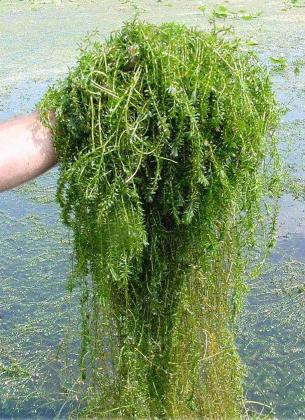The Florida Fish and Wildlife Conservation Commission (FWC) has released a new draft Lake Management Plan for the Kissimmee Chain, which includes Lake Tohopekaliga in Kissimmee and Lake Cypress south of St. Cloud.
A public meeting was hosted by FWC last week at the Kissimmee Civic Center, attended by many concerned boaters and anglers.
FWC management activities include habitat protection, restoration and enhancement, fish management, and invasive plant management. One of the main purposes of the lake plans is to provide recommendations to partner agencies on items outside of FWC’s jurisdiction, such as water levels and water quality.
The FWC staff and Inwood Consulting Engineers of Oviedo have been gathering input and comments from specific stakeholder groups that were incorporated into the draft plan. The plans are meant to “balance the biological needs of fish and wildlife with the desires of a wide range of stakeholders” according to the FWC website.
Wednesday’s meeting was to hear final comments from the public. Perennial areas of concern were invasive plants, such as the hydrilla that chokes portions of the area’s lakes, and invasive animals that challenge and compete with native species for precious habitat, food sources, or actually become prey for the invasive species.
Jada Barhorst, Senior Ecologist for Inwood, noted that “habitat management, especially hydrilla, is a major concern of stakeholders.”
Several people who have property on Lake Toho spoke about the out-of-control hydrilla on the lake, stating they cannot currently access the little remaining open water with their boats without their engine propellers getting tangled in the plant mass. One commenter expressed that currently unsafe situations exist, such as boats getting stuck and then thunderstorms come up, and that he has “rescued” numerous people stranded when their jet skis became clogged, requiring them to be towed to shore.
FWC officials did not hesitate to inform the audience that the situation will not improve any time soon. This year’s funding only allowed treatment of approximately 1,200 acres of Lake Toho’s 14,000 acres. It was disclosed that an ideal budget for the Kissimmee Chain would be $7 million, for invasive plant species control alone. Only $9 million total is allotted state-wide. As the Kissimmee Chain of Lakes has been long known as one of the best bass fishing areas in the world, and the area has hosted high level bass tournaments for decades, the persistent hydrilla problem is a concern for all anglers.
Dr. Paul Gray, Everglades Science Coordinator for Audubon Florida, asked the agency “to get their lake plans peer-reviewed to enhance credibility.” Peer review consists of a committee of qualified scientists in various fields that can spot possible errors and make recommendations, “bringing a wider depth of experience into the plans” according to Dr. Gray.
Outside of invasive plant woes, the endangered Everglades Snail Kite population, which is now less than half of the 3,500 peak population estimated in the early 2000s, appears to be stable. The draft plan also calls for the addition of a dozen Wood Duck nesting boxes, to help increase the population of that native species.
For more information, go to: https://myfwc.com/ conservation/management -plans/lake.




